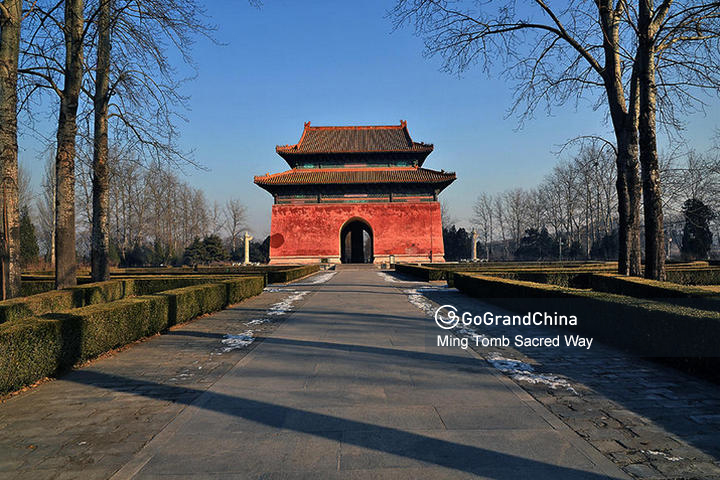You have no items in your shopping cart.
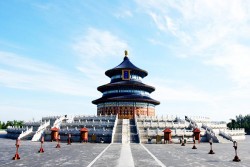

You can’t go to Beijing and not see these 6 must see Beijing attractions
Though the Great Wall of China stretches for over 4000 miles from the sea to the Gobi desert in northwest China, the best part of the Great Wall is located near Beijing. Besides the great wall, Beijing offers many iconic landmarks such as the Forbidden City, home to 24 emperors of Ming & Qing dynasties; the Temple of Heaven where Ming & Qing dynasty emperors pray for good harvest of the country; the Summer Palace, the largest imperial garden in China, and Tiananmen Square where you can feel the heartbeat of China. If you’re planning a trip to Beijing, no matter the length, there are some sights you just need to see. To help you plan your trip to Beijing, we’ve created a list of the 6 must see Beijing attractions for your reference. Use this as a checklist if you want to make the most out of your Beijing trip.
Here are 6 stunning Beijing tourist attractions you have to visit when you are in the city!
1. Great Wall of China
The Great Wall of China is a series of fortifications that were built across the historical northern borders of ancient Chinese states and Imperial China as protection against various nomadic groups from the Eurasian Steppe. Several walls were built from as early as the 7th century BC, with selective stretches later joined together by Qin Shi Huang (220–206 BC), the first emperor of China. Later on, many successive dynasties have built and maintained multiple stretches of border walls. The most well-known sections of the wall were built by the Ming dynasty (1368–1644). Get more about the Great Wall of China at Mutianyu.
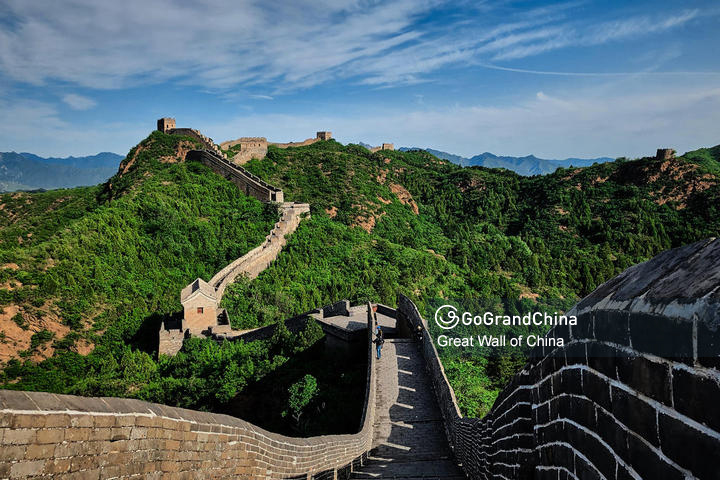
2. Forbidden City
Constructed from 1406 to 1420, the Forbidden City consists of 980 buildings, reportedly encompassing 9,999 rooms and covering 72 hectares (over 180 acres). The palace exemplifies the opulence of the residences of the Chinese emperor and the traditional Chinese palatial architecture, and has influenced cultural and architectural developments in East Asia and elsewhere. The Forbidden City was declared a World Heritage Site in 1987, and is listed by UNESCO as the largest collection of preserved ancient wooden structures in the world. Get more about the Forbidden City.
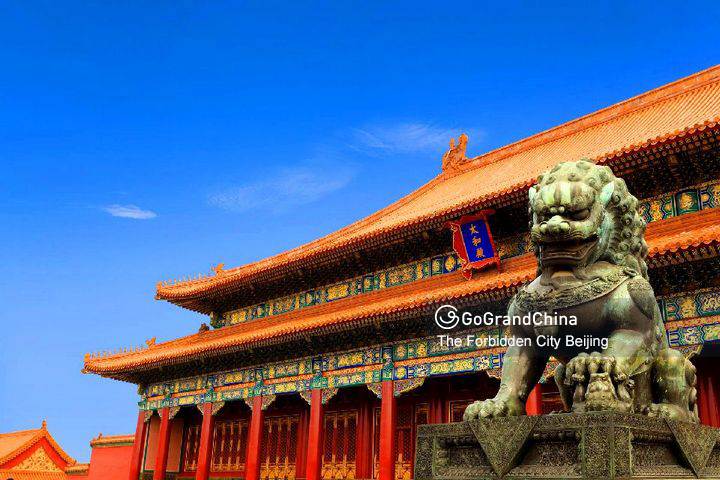
3. Tiananmen Square
Tiananmen Square is located in the city center of Beijing, and named after the eponymous Tiananmen ("Gate of Heavenly Peace") located to its north, which separates it from the Forbidden City. The square contains the Monument to the People's Heroes, the Great Hall of the People, the National Museum of China, and the Mausoleum of Mao Zedong. Mao Zedong proclaimed the founding of the People's Republic of China in the square on October 1, 1949. Tiananmen Square is within the top ten largest city squares in the world. It has great cultural significance as it was the site of several important events in Chinese history. Get more about Tiananmen Square.
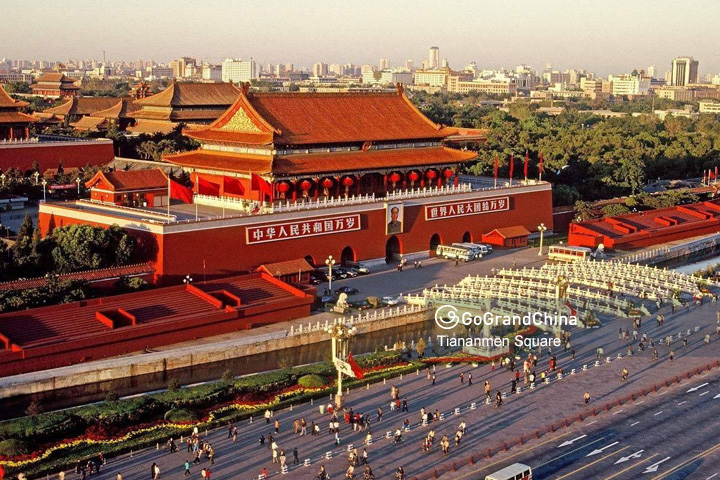
4. Summer Palace
The Summer Palace is a vast ensemble of lakes, gardens and palaces in Beijing. It was an imperial garden in the Qing dynasty. Mainly dominated by Longevity Hill and Kunming Lake. Longevity Hill is about 60 m (200 ft) high and has many buildings positioned in sequence. The front hill is rich with splendid halls and pavilions, while the back hill, in sharp contrast, is quiet with natural beauty. The central Kunming Lake, covering 2.2 square kilometres (540 acres), was entirely man-made and the excavated soil was used to build Longevity Hill. In December 1998, UNESCO included the Summer Palace on its World Heritage List. It declared the Summer Palace "a masterpiece of Chinese landscape garden design. The natural landscape of hills and open water is combined with artificial features such as pavilions, halls, palaces, temples and bridges to form a harmonious ensemble of outstanding aesthetic value". Get more about the Summer Palace.
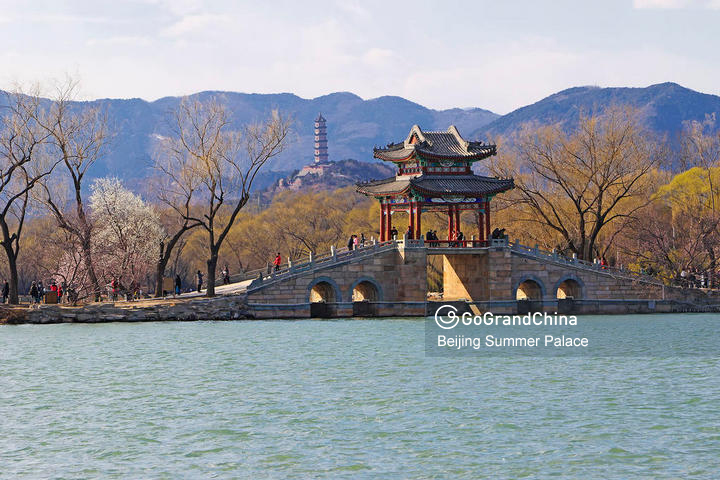
5. Temple of Heaven
The Temple of Heaven is an imperial complex of religious buildings situated in the southeastern part of central Beijing. The complex was visited by the Emperors of the Ming and Qing dynasties for annual ceremonies of prayer to Heaven for a good harvest. The Temple of Heaven was inscribed as a UNESCO World Heritage Site in 1998 and was described as "a masterpiece of architecture and landscape design which simply and graphically illustrates a cosmogony of great importance for the evolution of one of the world’s great civilizations..." as the "symbolic layout and design of the Temple of Heaven had a profound influence on architecture and planning in the Far East over many centuries." Get more about the Temple of Heaven.
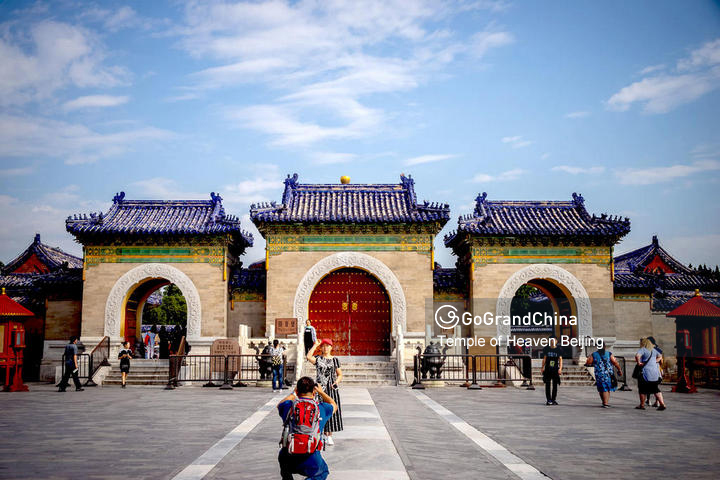
6. Ming Tombs
The Ming tombs are a collection of mausoleums built by the emperors of the Ming dynasty of China. The first Ming emperor's tomb is located near his capital Nanjing. However, the majority of the Ming tombs are located in a cluster near Beijing and collectively known as the Thirteen Tombs of the Ming Dynasty. The site, on the southern slope of Tianshou Mountain (originally Huangtu Mountain), was chosen based on the principles of feng shui by the third Ming emperor, the Yongle Emperor. After the construction of the Imperial Palace (Forbidden City) in 1420, the Yongle Emperor selected his burial site and created his own mausoleum. The subsequent emperors placed their tombs in the same valley. The Ming Tombs are designated as one of the components of the World Heritage Site, the Imperial Tombs of the Ming and Qing Dynasties. Get more about Ming Tombs.
